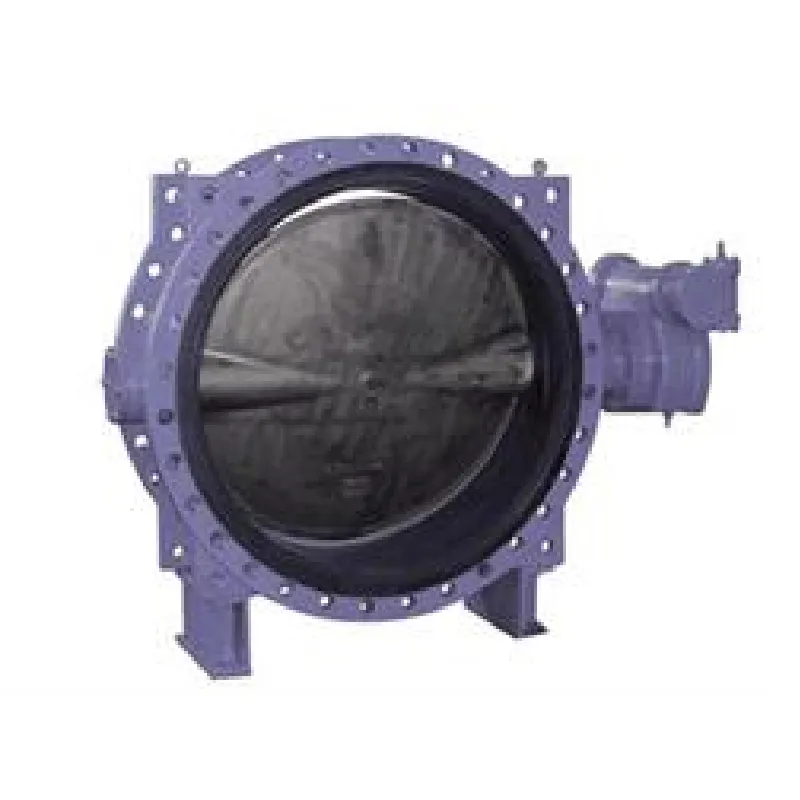9 月 . 18, 2024 22:29 Back to list
water swing check valve
Understanding Water Swing Check Valves
Water swing check valves are essential components in various piping systems, particularly in water treatment plants, irrigation systems, and industrial applications. These valves play a crucial role in ensuring the one-way flow of water, preventing backflow that could lead to system inefficiencies, contamination, or damage.
At its core, a swing check valve operates on a simple principle. It consists of a disc that pivots on a hinge. When water flows in the permitted direction, the disc swings open, allowing unrestricted flow. However, when there is any reverse flow, the disc swings shut under the influence of gravity and back pressure, effectively sealing the flow path. This mechanism is why they are often referred to as gravity-operated valves.
One of the significant advantages of water swing check valves is their low pressure drop during operation. Unlike some check valves that utilize spring mechanisms for closure, swing check valves have a smoother flow profile, which minimizes turbulence and pressure loss. This characteristic is particularly beneficial in systems where maintaining pressure is critical.
water swing check valve

Another benefit is their durability and reliability. Swing check valves are typically constructed from robust materials like cast iron, stainless steel, or PVC, depending on the application and environmental conditions. This resilience ensures long operational life and reduces the need for frequent replacements, contributing to lower maintenance costs over time.
However, it's essential to consider the installation orientation of swing check valves. They should be installed in a horizontal position for optimum performance, as this orientation allows the disc to close effectively under the force of gravity. Additionally, proper sizing is crucial; an oversized valve can lead to slamming and water hammer, whereas an undersized one may not provide adequate flow control.
In applications involving fluctuating pressure or flow rates, incorporating additional features such as dampers can help mitigate potential issues caused by rapid changes in water flow. This is particularly relevant in municipal water systems or industries where process stability is vital.
In conclusion, water swing check valves are vital for ensuring efficient and safe water flow in various applications. Their straightforward design, low pressure drop, longevity, and reliability make them a preferred choice for engineers and operators alike. When installed correctly, these valves can significantly enhance system performance, reduce maintenance requirements, and contribute to overall operational efficiency. Whether in residential plumbing or large-scale industrial applications, understanding and utilizing water swing check valves effectively can lead to improved water management practices.
Share
-
Understanding the Differences Between Wafer Type Butterfly Valve and Lugged Butterfly ValveNewsOct.25,2024
-
The Efficiency of Wafer Type Butterfly Valve and Lugged Butterfly ValveNewsOct.25,2024
-
The Ultimate Guide to Industrial Swing Check Valve: Performance, Installation, and MaintenanceNewsOct.25,2024
-
Superior Performance with Industrial Swing Check Valve: The Essential Valve for Any SystemNewsOct.25,2024
-
Industrial Swing Check Valve: The Ideal Solution for Flow ControlNewsOct.25,2024
-
You Need to Know About Industrial Swing Check Valve: Functionality, Scope, and PerformanceNewsOct.25,2024